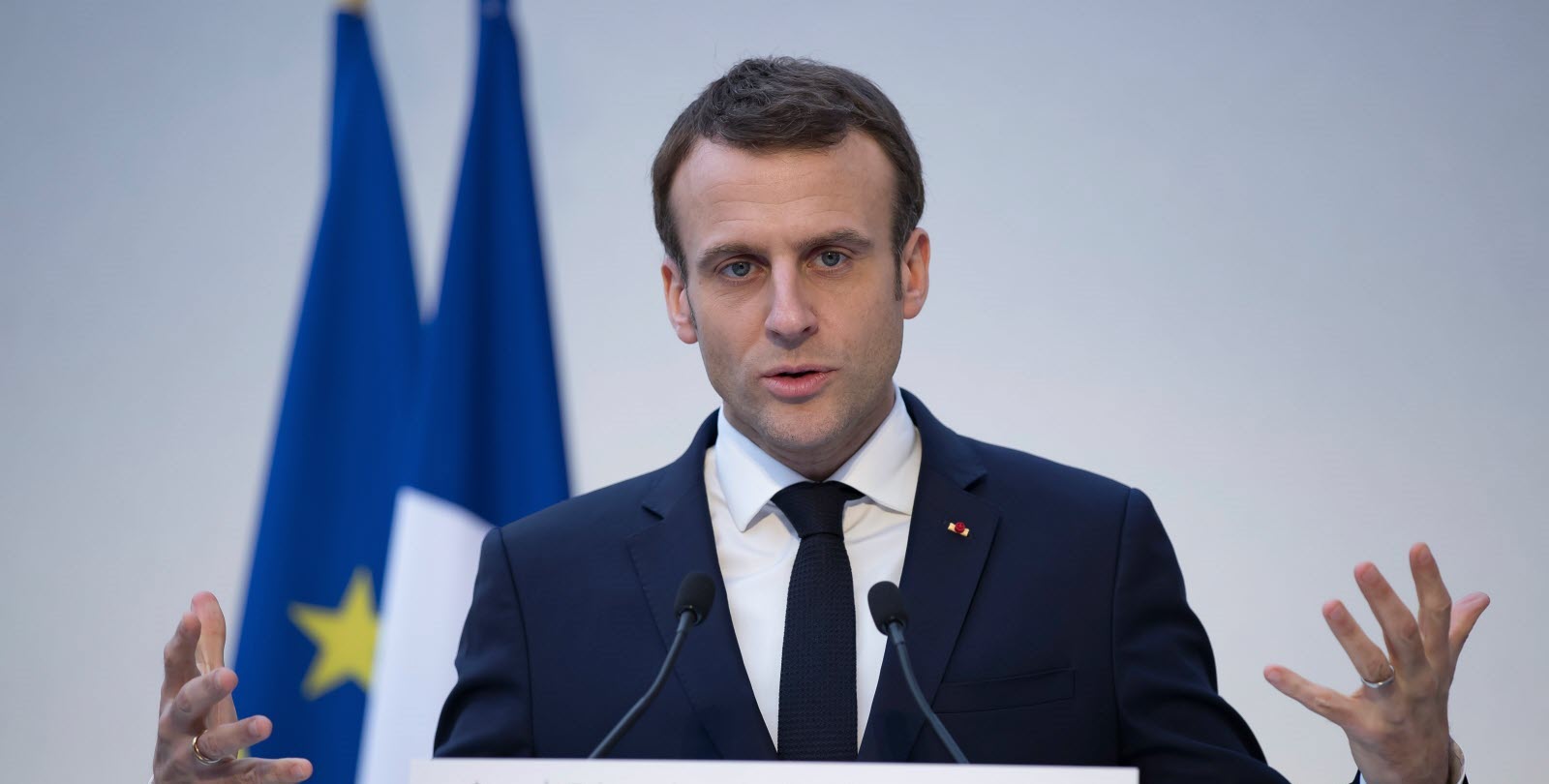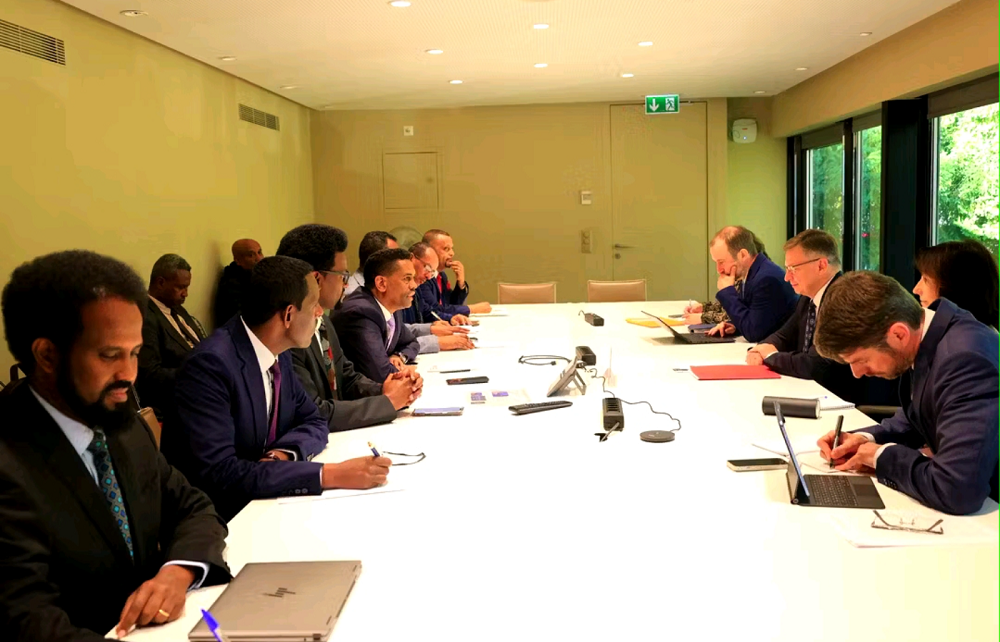After months of escalating tariffs, economic strain, and diplomatic silence, the United States and China have resumed high-level trade negotiations in Geneva. This marks the first direct dialogue between the two nations since the onset of a severe trade war earlier this year. The talks, led by U.S. Treasury Secretary Scott Bessent and Chinese Vice Premier He Lifeng, have been described by President Donald Trump as a “total reset” conducted in a friendly and constructive manner.
The current trade tensions trace back to February 2025, when President Trump imposed a 10% tariff on Chinese imports, citing concerns over China’s role in the fentanyl crisis. China responded with its own tariffs, leading to a series of retaliatory measures from both sides. By April, the U.S. had escalated tariffs on Chinese goods to 145%, prompting China to retaliate with 125% tariffs on American products. These measures effectively halted approximately $600 billion in annual bilateral trade, causing significant disruptions to global supply chains and economic uncertainty.
Several factors have converged to bring both nations back to the negotiating table:
- Economic Pressures: The high tariffs have taken a toll on both economies. China’s exports to the U.S. dropped by 21% in April, affecting logistics and manufacturing sectors. In the U.S., industries reliant on Chinese imports have faced increased costs, leading to inflationary pressures.
- Global Supply Chain Disruptions: The trade war has caused significant disruptions to global supply chains, affecting industries worldwide. Both countries recognize the need to stabilize these supply chains to support their own economic growth.
- Political Considerations: President Trump, having recently finalized a trade agreement with the UK, is seeking to demonstrate his ability to negotiate favorable trade deals. Engaging with China offers an opportunity to showcase diplomatic prowess ahead of domestic political milestones.
- Strategic Interests: Both nations have strategic interests in de-escalating tensions. For the U.S., reducing the trade deficit and addressing concerns over fentanyl imports are priorities. China aims to maintain its economic growth and avoid further isolation in global trade networks.
The Geneva talks have been characterized by a more conciliatory tone compared to previous interactions. President Trump has expressed optimism, suggesting a potential reduction of tariffs to 80%, though final decisions remain pending.
China has indicated a willingness to engage, with state media describing the talks as an important step forward. However, Chinese officials have emphasized that any agreement must respect China’s core interests and global equity.
While no concrete outcomes have been announced, the resumption of dialogue itself is a positive development. Potential areas of agreement could include mutual tariff reductions, increased market access for American businesses in China, and commitments to address the fentanyl crisis.
The talks are expected to continue over the weekend, with both sides expressing a willingness to engage constructively. Observers remain cautiously optimistic that sustained discussions may provide a roadmap to de-escalate the ongoing trade conflict.
In conclusion, the convergence of economic pressures, strategic interests, and political considerations has created a window of opportunity for the U.S. and China to re-engage in dialogue. The outcome of these talks could have significant implications for global trade and economic stability.





